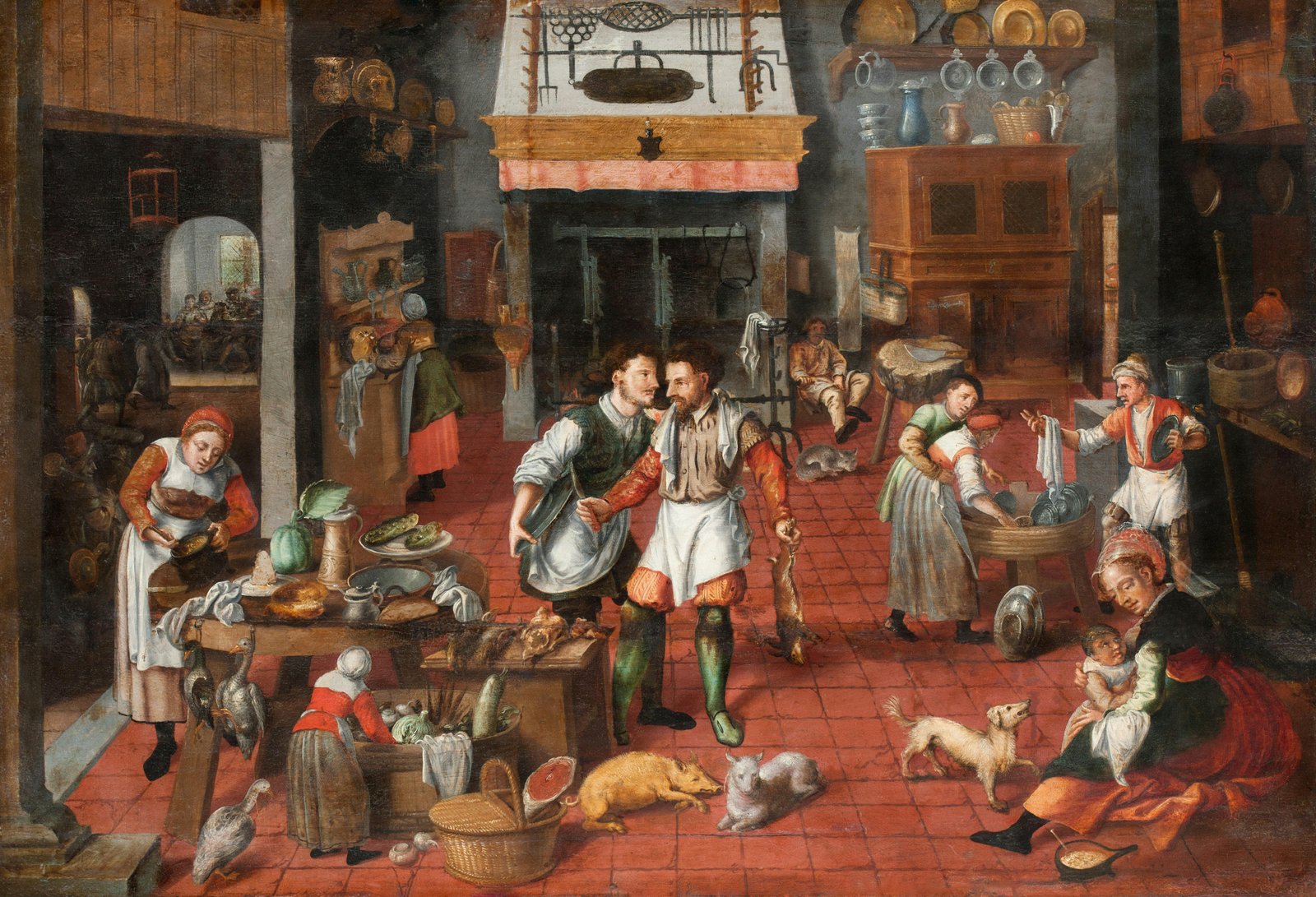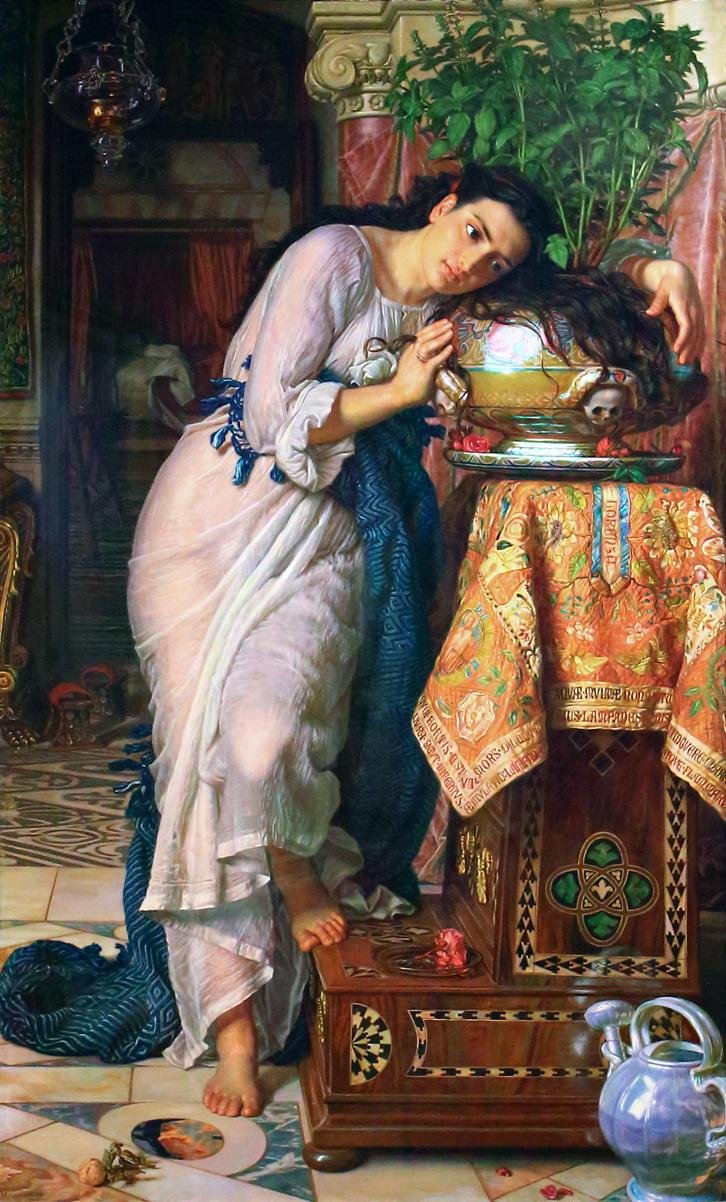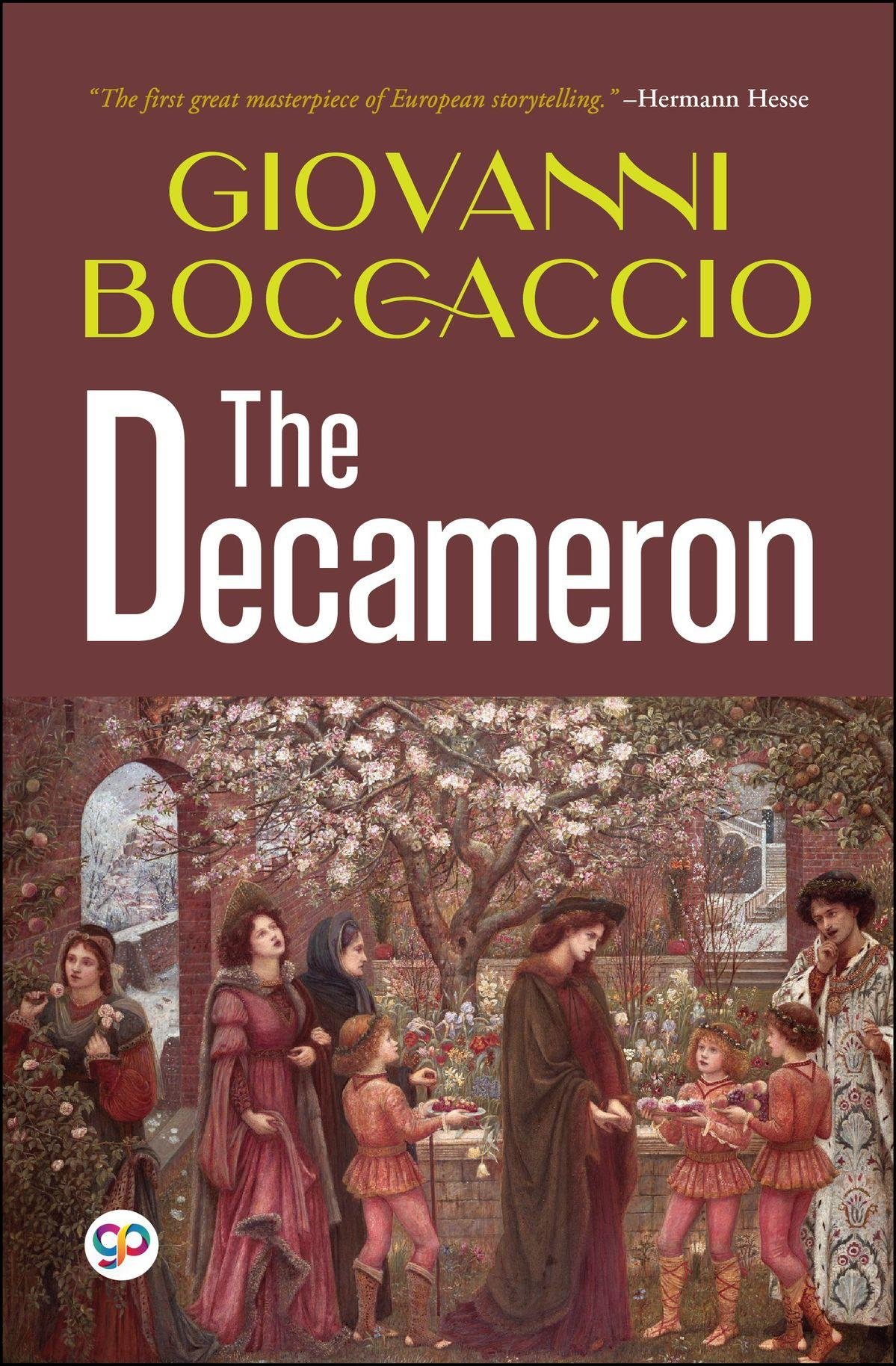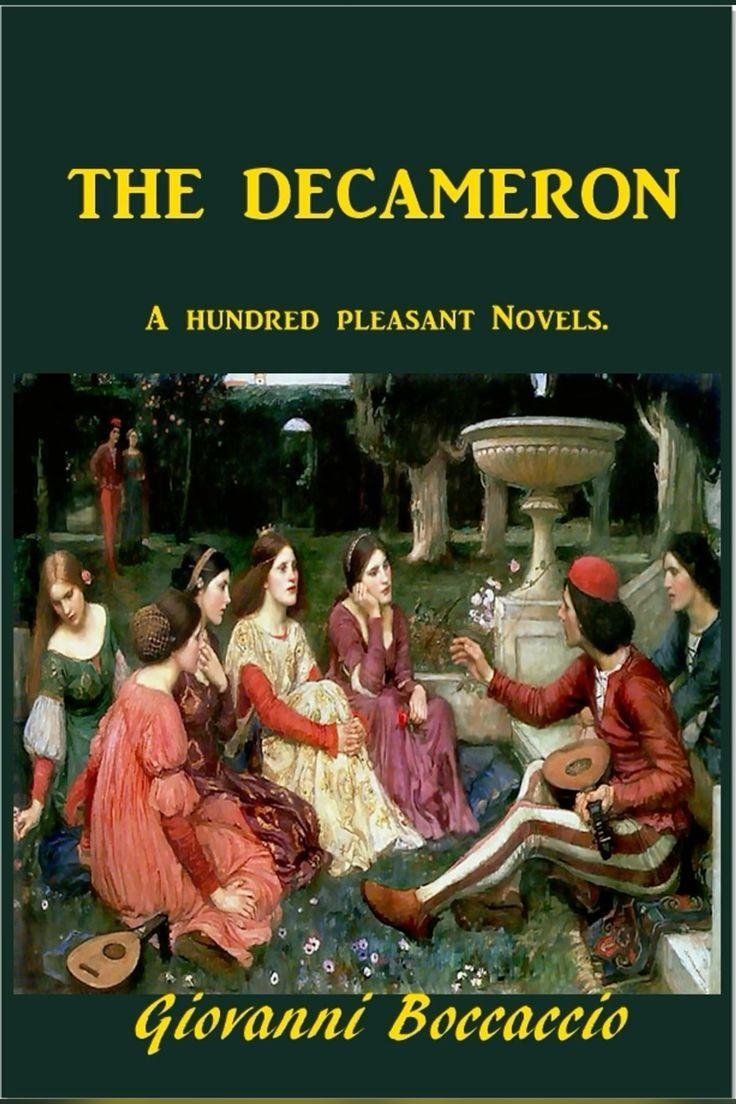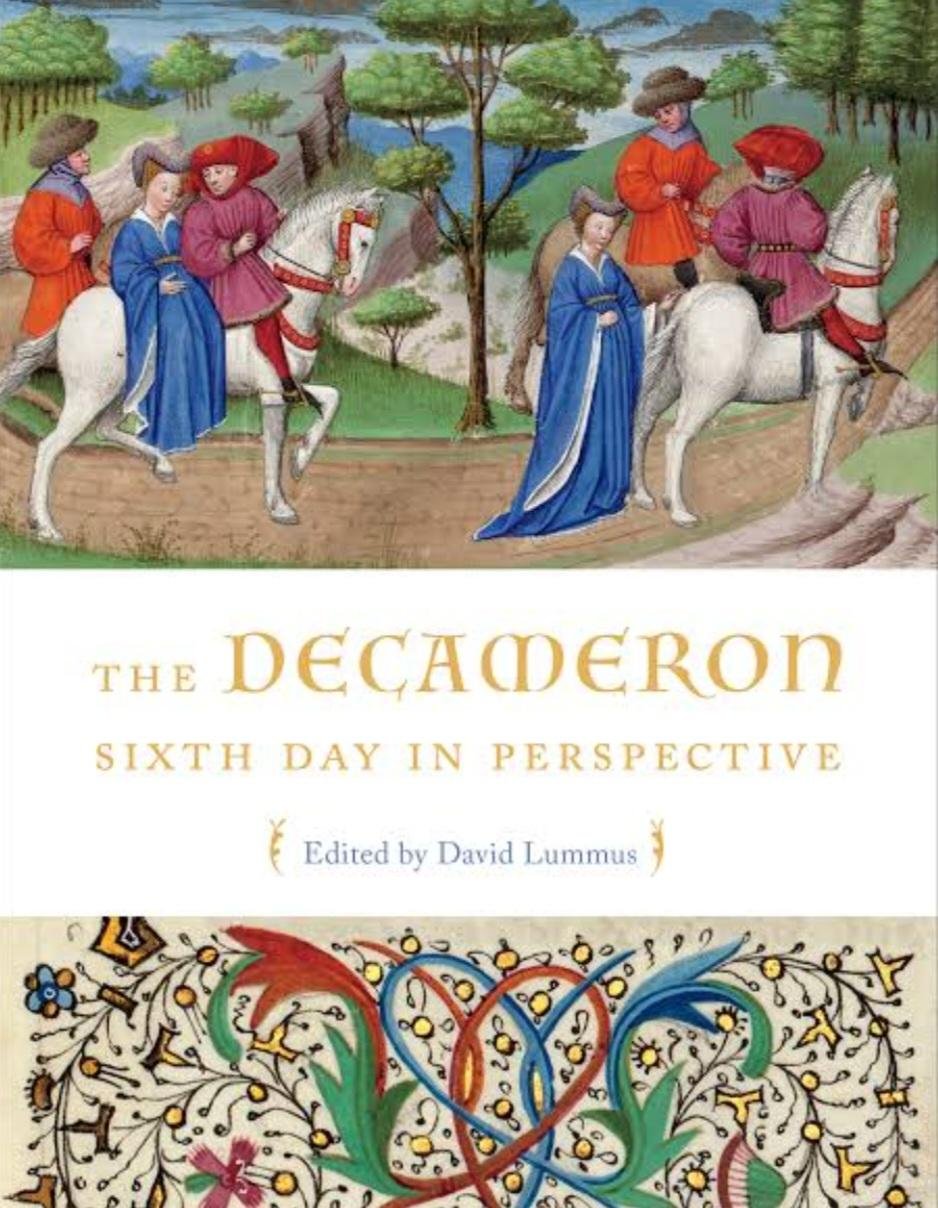Title: Wit Over Wealth: Trickery and Justice in the Tale of Andreuccio da Perugia
Introduction
Giovanni Boccaccio’s The Decameron is a tapestry of tales that explore the complexities of human nature through humor, deception, love, and survival. One particularly striking story is the tale of Andreuccio da Perugia, told on the second day by Filomena. At first glance, it is a comic misadventure involving a naïve merchant who is duped and humiliated. However, a closer reading reveals deeper themes of cunning, social mobility, and poetic justice. This tale highlights how intelligence, not wealth or status, determines survival and success—a message as relevant today as it was in 14th-century Italy.
Summary
Andreuccio da Perugia, a young and inexperienced horse trader, travels to Naples with a large sum of money, hoping to buy horses. His conspicuous display of wealth makes him an easy target. A beautiful woman, posing as his long-lost sister, tricks him into coming to her home, where he is robbed and thrown out into the street. After a series of misfortunes, including falling into a latrine and being trapped in a tomb, Andreuccio ultimately outwits some grave robbers and escapes with a valuable ring. Though he begins the story as a victim of deception, he ends it having learned to navigate a corrupt world through his own wit.
Analysis
The central theme of this tale is the triumph of street smarts over wealth and naivety. Andreuccio’s journey from gullible merchant to clever survivor exemplifies a kind of moral evolution. Initially, his pride in his money and lack of worldly experience make him an easy mark. Yet, instead of being crushed by misfortune, he learns from his humiliations and adapts. This transformation underscores the idea that wisdom often arises through adversity.
The key characters—Andreuccio and the cunning Neapolitan woman—are archetypes representing innocence and deceit, respectively. The woman is a master manipulator, using her beauty and fabricated family ties to lure Andreuccio. Her actions, while morally questionable, highlight the theme of survival through cunning—a trait often admired in The Decameron. Andreuccio, on the other hand, represents youthful arrogance and vulnerability. His arc is compelling because it mirrors a common human experience: trusting too easily and learning the hard way.
Boccaccio employs several literary devices to enrich the tale. Irony is central; Andreuccio travels to Naples to make money but nearly loses everything. His descent into a cesspit—both literal and metaphorical—symbolizes his fall from confidence to confusion, while his climb out parallels his eventual rise to cunning self-awareness. Humor also plays a significant role. The absurdity of his misfortunes, particularly the latrine incident and his entrapment in a tomb, provokes both laughter and sympathy. This comedic tone prevents the tale from becoming a tragedy and reinforces Boccaccio’s recurring theme that life is often absurd and unpredictable.
This story also reflects 14th-century concerns about urban life, especially in bustling mercantile cities like Naples. The tale warns of the dangers awaiting naïve country folk in the big city—scams, corrupt clergy, and untrustworthy strangers. At the same time, it reflects a world where social mobility is possible for those with cleverness and courage. These themes would have resonated with Boccaccio’s audience, many of whom were merchants or city dwellers navigating a rapidly changing economic landscape.
Today, the story remains surprisingly relevant. In an era filled with internet scams, catfishing, and online deception, Andreuccio’s tale feels familiar. His misadventures echo modern stories of people who are too trusting or show off their wealth and get taken advantage of. However, like Andreuccio, many people find resilience and learn to protect themselves in an unpredictable world.
Personal Response
I found the tale of Andreuccio da Perugia both entertaining and thought-provoking. What stood out most was the blend of humor and realism. Andreuccio’s character is frustrating at first—his arrogance almost invites disaster—but his growth makes the story satisfying. The vivid and sometimes grotesque imagery, like the fall into the latrine or the tomb robbery, makes the tale memorable. I enjoyed the way Boccaccio balances comedy with critique, offering lessons without moralizing.
Conclusion
The tale of Andreuccio da Perugia is more than just a comic misadventure; it is a sharp commentary on human folly, urban danger, and the value of cunning over class. Through colorful characters and vivid storytelling, Boccaccio shows that intelligence and adaptability are key to survival. The tale still resonates in our world of digital deception and social vulnerability, reminding readers to laugh at life’s absurdities—and to stay sharp in a world full of tricksters.
#Literature Review
Title: Wit Over Wealth: Trickery and Justice in the Tale of Andreuccio da Perugia
Introduction
Giovanni Boccaccio’s The Decameron is a tapestry of tales that explore the complexities of human nature through humor, deception, love, and survival. One particularly striking story is the tale of Andreuccio da Perugia, told on the second day by Filomena. At first glance, it is a comic misadventure involving a naïve merchant who is duped and humiliated. However, a closer reading reveals deeper themes of cunning, social mobility, and poetic justice. This tale highlights how intelligence, not wealth or status, determines survival and success—a message as relevant today as it was in 14th-century Italy.
Summary
Andreuccio da Perugia, a young and inexperienced horse trader, travels to Naples with a large sum of money, hoping to buy horses. His conspicuous display of wealth makes him an easy target. A beautiful woman, posing as his long-lost sister, tricks him into coming to her home, where he is robbed and thrown out into the street. After a series of misfortunes, including falling into a latrine and being trapped in a tomb, Andreuccio ultimately outwits some grave robbers and escapes with a valuable ring. Though he begins the story as a victim of deception, he ends it having learned to navigate a corrupt world through his own wit.
Analysis
The central theme of this tale is the triumph of street smarts over wealth and naivety. Andreuccio’s journey from gullible merchant to clever survivor exemplifies a kind of moral evolution. Initially, his pride in his money and lack of worldly experience make him an easy mark. Yet, instead of being crushed by misfortune, he learns from his humiliations and adapts. This transformation underscores the idea that wisdom often arises through adversity.
The key characters—Andreuccio and the cunning Neapolitan woman—are archetypes representing innocence and deceit, respectively. The woman is a master manipulator, using her beauty and fabricated family ties to lure Andreuccio. Her actions, while morally questionable, highlight the theme of survival through cunning—a trait often admired in The Decameron. Andreuccio, on the other hand, represents youthful arrogance and vulnerability. His arc is compelling because it mirrors a common human experience: trusting too easily and learning the hard way.
Boccaccio employs several literary devices to enrich the tale. Irony is central; Andreuccio travels to Naples to make money but nearly loses everything. His descent into a cesspit—both literal and metaphorical—symbolizes his fall from confidence to confusion, while his climb out parallels his eventual rise to cunning self-awareness. Humor also plays a significant role. The absurdity of his misfortunes, particularly the latrine incident and his entrapment in a tomb, provokes both laughter and sympathy. This comedic tone prevents the tale from becoming a tragedy and reinforces Boccaccio’s recurring theme that life is often absurd and unpredictable.
This story also reflects 14th-century concerns about urban life, especially in bustling mercantile cities like Naples. The tale warns of the dangers awaiting naïve country folk in the big city—scams, corrupt clergy, and untrustworthy strangers. At the same time, it reflects a world where social mobility is possible for those with cleverness and courage. These themes would have resonated with Boccaccio’s audience, many of whom were merchants or city dwellers navigating a rapidly changing economic landscape.
Today, the story remains surprisingly relevant. In an era filled with internet scams, catfishing, and online deception, Andreuccio’s tale feels familiar. His misadventures echo modern stories of people who are too trusting or show off their wealth and get taken advantage of. However, like Andreuccio, many people find resilience and learn to protect themselves in an unpredictable world.
Personal Response
I found the tale of Andreuccio da Perugia both entertaining and thought-provoking. What stood out most was the blend of humor and realism. Andreuccio’s character is frustrating at first—his arrogance almost invites disaster—but his growth makes the story satisfying. The vivid and sometimes grotesque imagery, like the fall into the latrine or the tomb robbery, makes the tale memorable. I enjoyed the way Boccaccio balances comedy with critique, offering lessons without moralizing.
Conclusion
The tale of Andreuccio da Perugia is more than just a comic misadventure; it is a sharp commentary on human folly, urban danger, and the value of cunning over class. Through colorful characters and vivid storytelling, Boccaccio shows that intelligence and adaptability are key to survival. The tale still resonates in our world of digital deception and social vulnerability, reminding readers to laugh at life’s absurdities—and to stay sharp in a world full of tricksters.
#Literature Review









